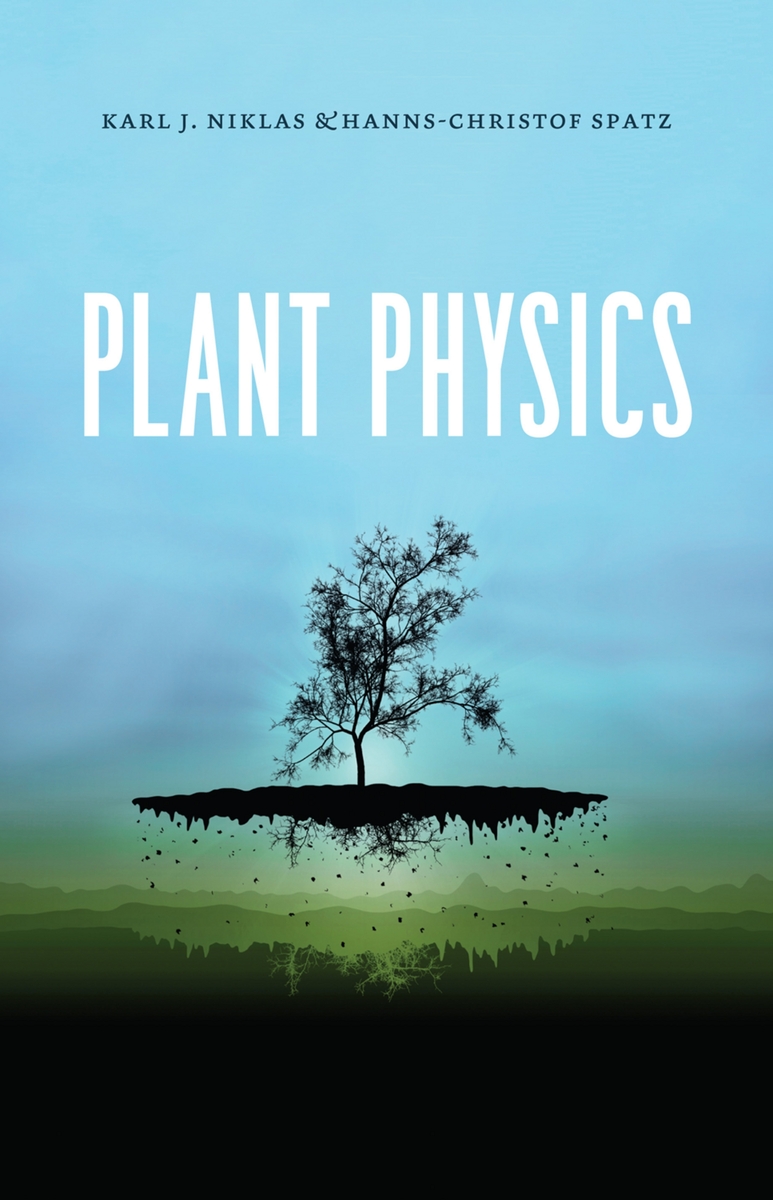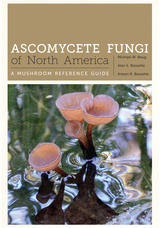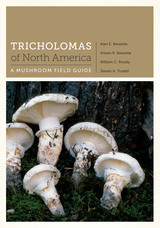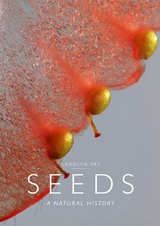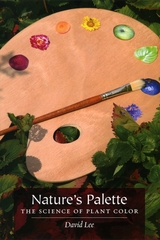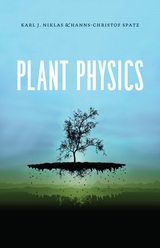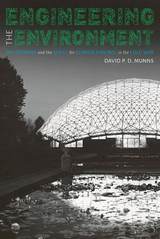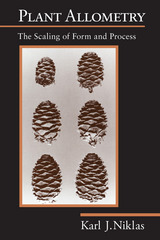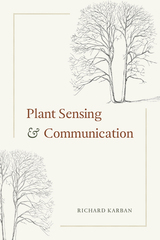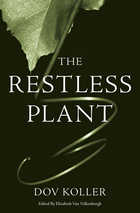Preface
Acknowledgments
Recommended Reading
Frequently Used Symbols
CHAPTER 1. An Introduction to Some Basic Concepts
1.1 What is plant physics?
1.2 The importance of plants
BOX 1.1 The amount of organic carbon produced annually
1.3 A brief history of plant life
1.4 A brief review of vascular plant ontogeny
1.5 Plant reproduction
1.6 Compromise and adaptive evolution
BOX 1.2 Photosynthetic efficiency versus mechanical stability
1.7 Elucidating function from form
1.8 The basic plant body plans
1.9 The importance of multicellularity
CHAPTER 2. Environmental Biophysics
2.1 Three transport laws
2.2 Boundary layers
2.3 Living in water versus air
BOX 2.1 Passive diffusion of carbon dioxide in the boundary layer in air and in water
2.4 Light interception and photosynthesis
BOX 2.2 Absorption of light by chloroplasts
BOX 2.3 Formulas for the effective light absorption cross section of some geometric objects
BOX 2.4 Modeling light interception in canopies
2.5 Phototropism
2.6 Mechanoperception
2.7 Thigmomorphogenesis
2.8 Gravitropism
2.9 Root growth, root anchorage, and soil properties
CHAPTER 3. Plant Water Relations
3.1 The roles of water acquisition and conservation
3.2 Some physical properties of water
3.3 Vapor pressure and Raoult’s law
3.4 Chemical potential and osmotic pressure
3.5 Water potential
3.6 Turgor pressure and the volumetric elastic modulus
3.7 Flow through tubes and the Hagen-Poiseuille equation
3.8 The cohesion-tension theory and the ascent of water
3.9 Phloem and phloem loading
CHAPTER 4. The Mechanical Behavior of Materials
4.1 Types of forces and their components
4.2 Strains
4.3 Different responses to applied forces
4.4 A note of caution about normal stresses and strains
4.5 Extension to three dimensions
4.6 Poisson's ratios
BOX 4.1 Poisson’s ratio for an incompressible fluid
BOX 4.2 Poisson’s ratio for a cell
4.7 Isotropic and anisotropic materials
4.8 Shear stresses and strains
4.9 Interrelation between normal stresses and shear stresses
4.10 Nonlinear elastic behavior
4.11 Viscoelastic materials
4.12 Plastic deformation
4.13 Strength
4.14 Fracture mechanics
4.15 Toughness, work of fracture, and fracture toughness
4.16 Composite materials and structures
4.17 The Cook-Gordon mechanism
CHAPTER 5. The Effects of Geometry, Shape, and Size
5.1 Geometry and shape are not the same things
5.2 Pure bending
5.3 The second moment of area
5.4 Simple bending
BOX 5.1 Bending of slender cantilevers
BOX 5.2 Three-point-bending of slender beams
5.5 Bending and shearing
BOX 5.3 Bending and shearing of a cantilever
BOX 5.4 Bending and shearing of a simply supported beam
BOX 5.5 The influence of the microfibrillar angle on the stiffness of a cell
5.6 Fracture in bending
5.7 Torsion
5.8 Static loads
BOX 5.6 Comparison of forces on a tree trunk resulting from self-loading with those experienced in bending
5.9 The constant stress hypothesis
BOX 5.7 Predictions for the geometry of a tree trunk obeying the constant stress hypothesis
5.10 Euler buckling
5.11 Hollow stems and Brazier buckling
5.12 Dynamics, oscillation, and oscillation bending
BOX 5.8 Derivation of eigenfrequencies
CHAPTER 6. Fluid Mechanics
6.1 What are fluids ?
BOX 6.1 The Navier-Stokes equations
6.2 The Reynolds number
6.3 Flow and drag at small Reynolds numbers
BOX 6.2 Derivation of the Hagen-Poiseuille equation
6.4 Flow of ideal fluids
6.5 Boundary layers and flow of real fluids
BOX 6.3 Vorticity
6.6 Turbulent flow
BOX 6.4 Turbulent stresses and friction velocities
6.7 Drag in real fluids
6.8 Drag and flexibility
6.9 Vertical velocity profiles
6.10 Terminal settling velocity
6.11 Fluid dispersal of reproductive structures
CHAPTER 7. Plant Electrophysiology
7.1 The principle of electroneutrality
7.2 The Nernst-Planck equation
7.3 Membrane potentials
BOX 7.1 The Goldman equation
7.4 Ion channels and ion pumps
BOX 7.2 The Ussing-Teorell equation
7.5 Electrical currents and gravisensitivity
7.6 Action potentials
7.7 Electrical signaling in plants
CHAPTER 8. A Synthesis: The Properties of Selected Plant Materials, Cells, and Tissues
8.1 The plant cuticle
8.2 A brief introduction to the primary cell wall
BOX 8.1 Cell wall stress and expansion resulting from turgor
8.3 The plasmalemma and cell wall deposition
8.4 The epidermis and the tissue tension hypothesis
8.5 Hydrostatic tissues
BOX 8.2 Stresses in thick-walled cylinders
BOX 8.3 Compression of spherical turgid cells
8.6 Nonhydrostatic cells and tissues
8.7 Cellular solids
8.8 Tissue stresses and growth stresses
8.9 Secondary growth and reaction wood
8.10 Wood as an engineering material
CHAPTER 9. Experimental Tools
9.1 Anatomical methods on a microscale
9.2 Mechanical measuring techniques on a macroscale
9.3 Mechanical measuring techniques on a microscale
9.4 Scholander pressure chamber
9.5 Pressure probe
9.6 Recording of electric potentials and electrical currents
9.7 Patch clamp techniques
9.8 Biomimetics
BOX 9.1 An example of applied biomechanics: Tree risk assessment
CHAPTER 10. Theoretical Tools
10.1 Modeling
10.2 Morphology: The problematic nature of structure-function relationships
10.3 Theoretical morphology, optimization, and adaptation
10.4 Size, proportion, and allometry
BOX 10.1 Comparison of regression parameters
10.5 Finite element methods (FEM)
10.6 Optimization techniques
BOX 10.2 Optimal allocation of biological resources
BOX 10.3 Lagrange multipliers and Murray’s law
Glossary
Author index
Subject index
